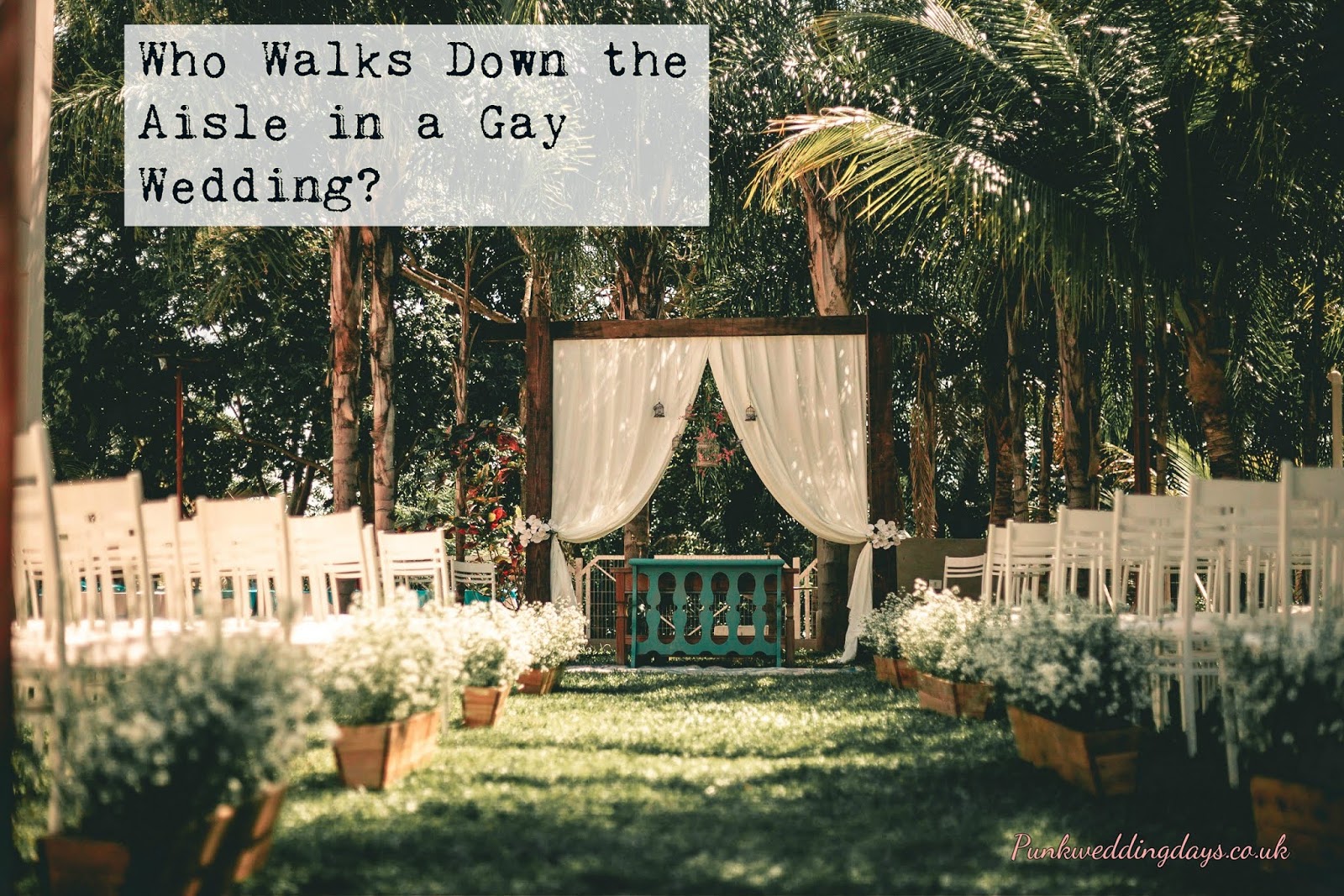Top 5 Irish Wedding Traditions and Superstitions
 On May 22nd The Republic of Ireland is voting in a referendum to decide whether or not it will legalise gay marriage.
On May 22nd The Republic of Ireland is voting in a referendum to decide whether or not it will legalise gay marriage. For months now, most polls have put the Yes campaign ahead. However, these things are notoriously difficult to call. No one in the Yes campaign will be celebrating until the votes are in, the numbers counted and the results announced.
It's a tough wait for same-sex couples: to know that there is a chance that the vote might come back with a resounding no, thanks. Here at Pink Wedding Days we're hoping for an emphatic yes, because we've seen first hand how important the Equal Marriage Act has been to so many couples. We've also seen how frustrating it has been for same-sex couples living in Northern Ireland, where even the possibility of a referendum seems a very long way off.
But all this talk of Ireland got us thinking, (and we're certainly not trying to jump the gun here) but we've been wondering about Gaelic wedding traditions. If the vote is a yes, then what can same-sex couples hope to add to their ceremonies?
1. We've all heard the term 'tying the knot' when it comes to someone getting married, but what does it actually mean? According to Irish tradition the bride and groom would cross their hands at the wrist (right hand to right hand and left hand to left) and then a ribbon, cord or rope would be tied loosely around their clasped hands. Often this would happen before the ceremony, in a similar way to how we view engagement rings today. Today, it's usually done as part of the ceremony.Otherwise known as hand-fasting, this tradition pops up in numerous other cultures and religions across Europe.
2. Timing is everything. Of course, whether you want to hold your wedding diary hostage in order to pick the correct day or not is up to you, but the Irish even have a spiffy little rhyme to help you understand the best time to say your vows.
"Marry when the year is new, always loving, kind, and true.
When February birds do mate, you may wed, nor dread your fate.
If you wed when March winds blow, joy and sorrow both you'll know.
Marry in April when you can, joy for maiden and for man.
Marry in the month of May, you will surely rue the day.
Marry when June roses blow, over land and sea you'll go.
They who in July do wed, must labor always for their bread.
Whoever wed in August be, many a change are sure to see.
Marry in September's shine, your living will be rich and fine.
If in October you do marry, love will come but riches tarry.
If you wed in bleak November, only joy will come, remember.
When December's rain fall fast, marry and true love will last."
Which brings us to...
3. St Patrick's day (March 17th) is believed to be the luckiest day in the year to be married on. So, if you fancy having the luck of the Irish on your big day, then you'll be relieved to hear that not only is February a low-season month (meaning it will be cheaper) but if it falls on a weekday, the wedding will cost considerably less than if you were marrying on the weekend.
4. Blue is the traditional colour for brides. For some it is an added symbol of luck, but, traditionally, blue is the ancient colour for purity. Of course, now the groom and his partner might like to dabble in a little blue for the suits, too.
5. Horseshoes! This tradition isn't unique to Ireland, but it was taken very seriously. The bride was expected to carry an iron horseshoe in her dress. As times changed however, it became far more practical to sew a porcelain horseshoe into the dress rather than lug a real one about. Irish tradition dictates that the horseshoe should be kept upwards in a U shape, or the luck will run out. For a modern twist the ladies might like to wear a horseshoe bracelet or necklace, and perhaps the gentlemen could wear cuff-links.
Have you practiced any of these traditions? Would you? What other wedding traditions do you enjoy hearing about? Drop us a line on our social media.









